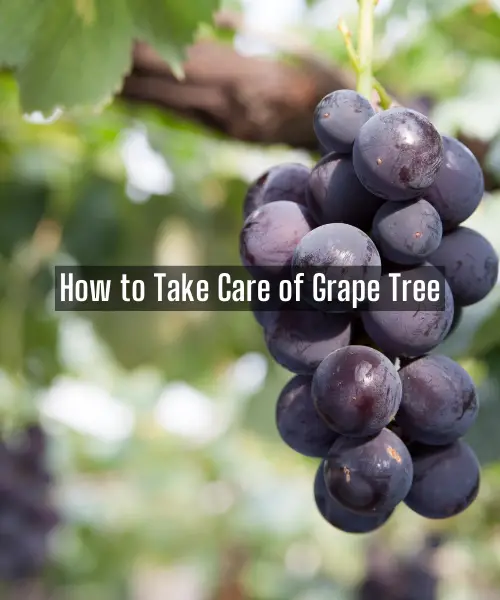Nothing screams summer quite like biting into a plump, juicy grape fresh off the vine. If you’ve dreamed of growing your grapes for snacking, jellies, wines, or just to create a lush, fruiting garden oasis, you’ll be delighted to learn that with the right care and conditions, grapevines can thrive in many climates.
Whether you want to cultivate an ambitious backyard vineyard or simply grow a vine or two on an arbor or trellis, this guide will cover all you need to know about choosing, planting, and caring for grape plants so you can enjoy an abundant harvest of these delicious orbs for years to come.
Getting Started with Grapevines
The first step in growing grapes is selecting varieties that will do well in your growing zone and local climate. Grapevines come in American, European, and French-American hybrid types that all have different needs and tolerances.
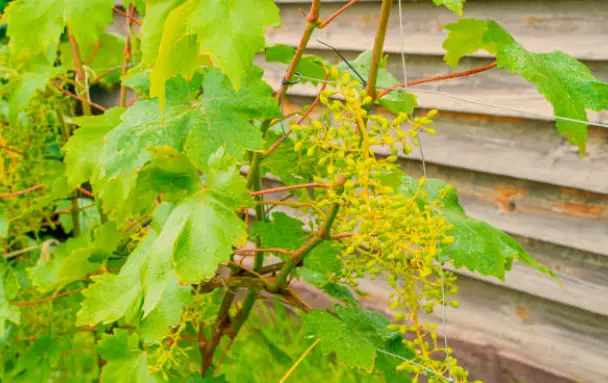
American varieties like Concord grapes are hardy and drought-resistant, surviving winters as cold as -25°F. European wine grapes such as Cabernet Sauvignon and Chardonnay are more challenging in cold climates but prized for their flavor. French hybrids offer a nice middle ground, combining the hardiness of American vines with the classic taste of European grapes.
When choosing grapes, also consider whether you want seeded or seedless varieties, what sort of flavors you prefer, and if you’ll be using them for fresh eating, juice, jam, or winemaking.
No matter the type, all grapevines need:
- At least 7-8 hours of direct sun per day
well-drained soil rich in nutrients - A sturdy trellis or support structure
- Frequent pruning to control growth
Proper Planting for Prosperous Vines
Grapevines can be planted in early spring or late fall once the ground is workable. Start by digging a hole that’s twice as wide as the root ball but no deeper than where the plant was grown.

Space new vines at least 6 feet apart, 8–10 feet for more vigorous varieties. Point trunks in a northerly direction to prevent excessive sun exposure on one side.
Mix in compost, aged manure, or other organic matter before backfilling the hole. This will provide nutrients for the first year as roots become established.
Build a sturdy trellis system before planting so you don’t have to disturb new vines’ roots. The most common style uses end posts firmly anchored in the ground, with wires or wooden runners spanning the row at intervals. Train vines to this structure as they grow.
In their first year, prune back all buds except the healthiest top two. This focuses the plant’s energy into establishing a strong trunk in preparation for long-term fruiting wood.
Ongoing Grape Vine Maintenance
Grapevines need consistent moisture for the first year or two while their root systems take hold. Apply 1-2 inches of water per week if rain is lacking. Mature vines can tolerate drier soil but will go dormant without sufficient water.
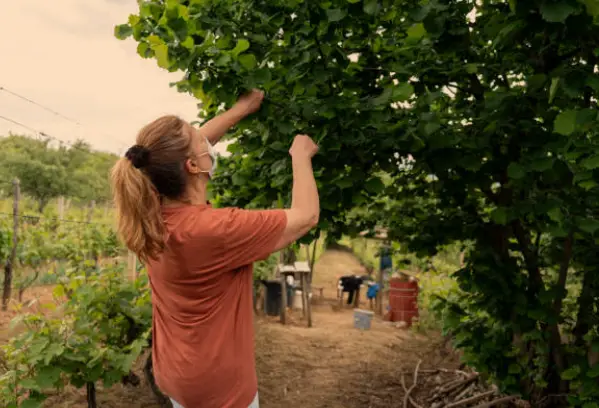
Enrich the soil annually with compost or a balanced fertilizer blend. Follow product instructions to avoid overfertilizing, which can cause excessive vine growth.
One of the most important and often intimidating tasks in grape growing is pruning. It’s absolutely essential, however, for keeping plants productive. Remove any dead or damaged wood promptly and follow a selected pruning system to train the vine into your desired architecture.
Neglected vines will sprout dense growth that shades fruit, provides entry points for insects and disease, and quickly depletes the plant’s vitality. Prune strategically during winter dormancy to determine the coming year’s fruit output.
The two most common pruning approaches are:
- Cane Pruning: Train vines along a trunk with semi-permanent arms. Each winter, trim arms back to buds that will become the fruit-bearing canes the following year.
- Spur Pruning: Establish a trunk and permanent cordons from which short side shoots will produce fruit each spring. Prune back these spurs to just 1-2 buds annually.
Whichever method you choose, use sharp, clean pruning shears and prune selectively based on vine vigor. Weaker vines should have around 20 buds left; stronger ones can sustain 40–60 buds.
Grapevine Growth Cycle and Harvest
Grapevines follow a very predictable annual cycle once mature:
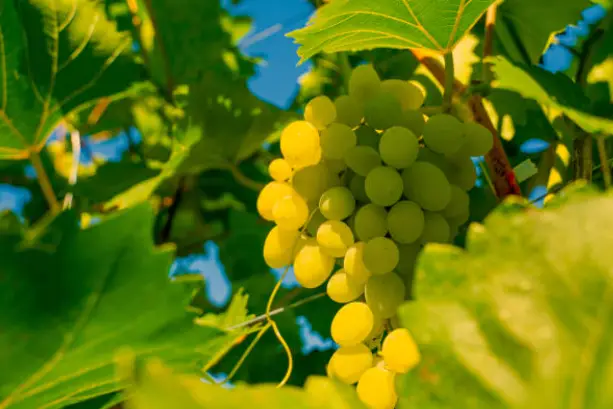
- March-April: As temperatures warm, buds begin to swell with new leaf growth called “shoots.”
Late Spring: Flowering occurs. Each flower cluster that’s pollinated will go on to become a grape bunch. - Summer: Berries form and develop their signature colors and flavors.
- Fall: Late summer into autumn is the ripening period for grape harvest.
- Winter: After leaves shed, the plant becomes dormant and redirects energy to roots and canes.
Be patient, as vines planted from nursery stock typically experience a 3–4 year delay before producing full crops. Established plants can remain fruitful for 25 years or more with diligent care.
Pay close attention to grape clusters as they ripen in late summer/fall. Timing the harvest properly will give you grapes at peak flavor and sweetness. Check seeds for browning and ease of separation, test sampled berries for desired sugar levels, and look for wrinkling skins as signs of readiness.
Depending on the cultivar, grapes may take multiple “thinnings” or pickings, with the final harvest clearing all useable clusters from the vines.
Common Grapevine Pests and Problems
Like all garden plants, grapevines have some insect and disease issues to watch out for.
Grape Berry Moths: These pests cause damage by laying eggs directly on clusters. Larvae feed inside berries and introduce fungal infections. Apply targeted insecticides if moths are spotted.
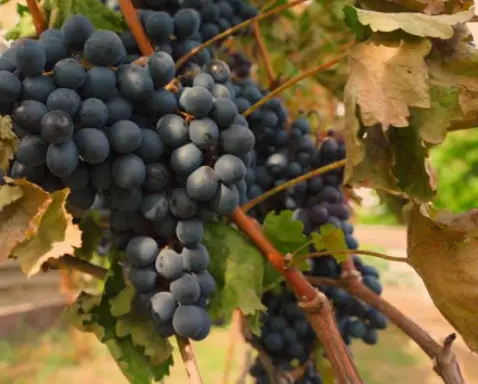
How to Take Care of Grape Tree
Grape Leafhoppers: These insects pierce leaves and berries to extract plant juices. Severe infestations cause wilting, stunted growth, and reduced yields. Treat with an appropriate pesticide if they are present in large numbers.
Grape Mealy Bugs: A cottony wax coating signals these bugs, which pierce berries and spread dangerous viruses from vine to vine. Use insecticidal soap or hormone pesticides if spotted.
Black Rot: One of the most destructive fungal diseases, black rot attacks leaves, canes, and berries. Prune out any diseased parts and apply fungicidal sprays to control the spread.
Powdery Mildew: Powdery spores appear on leaves and fruit, eventually causing shriveling and cracking if untreated. Maintain good air circulation and treat with anti-fungal sprays.
Staying alert to the early signs of pests and diseases will make them far easier to control. For particularly troublesome issues, remove and destroy infested vines if reinfection persists.
The Rewards of Growing Grapes
While grape growing does require diligence, the flavor of homegrown fruit picked at peak ripeness makes it all worthwhile. Whether enjoyed fresh, baked into desserts, fermented into wine, or turned into jams and preserves, the versatility and concentrated taste of plump grapes will have you relishing each harvest.

But grapevines offer more than just fruit. Their twisting trunks and gnarled branches make eye-catching additions to the garden landscape, especially when trained along arbors and festooned with dangling clusters. Garden patios and outdoor dining areas come alive with the green canopy and natural screening of mature vines.
For the ultimate grape-growing experience, you may even want to construct an actual vineyard. Whether a small-scale garden nook or a full backyard planting, cultivating your very own rows of regimented vines adds an air of romance and European charm.
With their exceptional hardiness and longevity, grapevines become part of your landscape legacy, to be cherished for a lifetime. Imagine grandchildren joining you each autumn to snip clusters of grapes from arbors their grandparents first planted decades earlier. That’s the true joy of growing these perennial garden treasures—creating rich memories to be harvested year after year.

